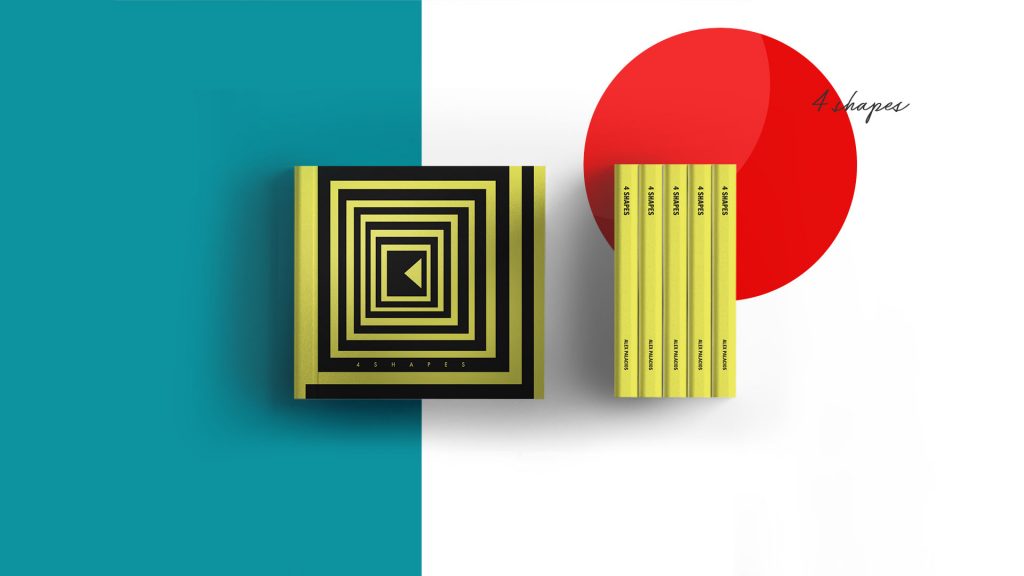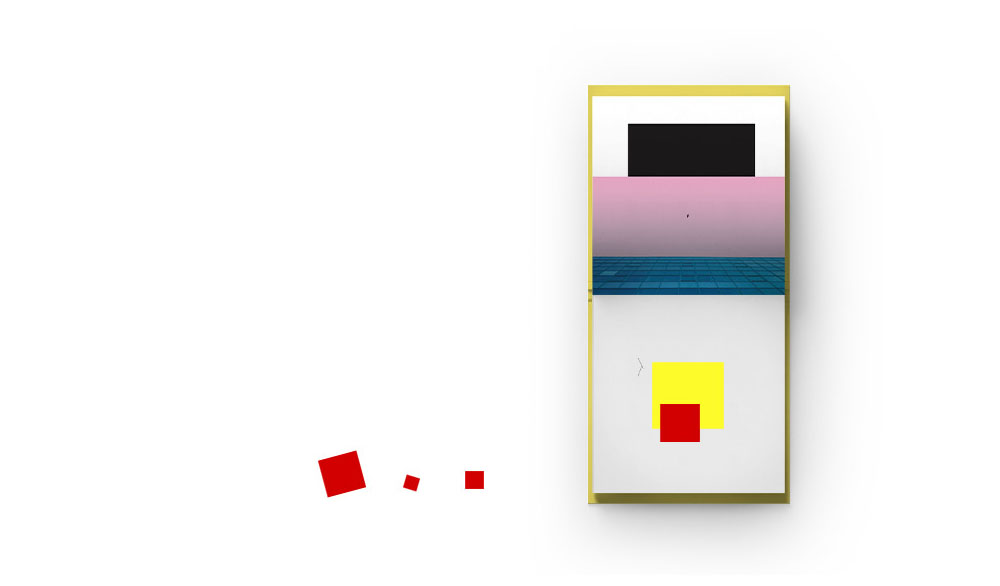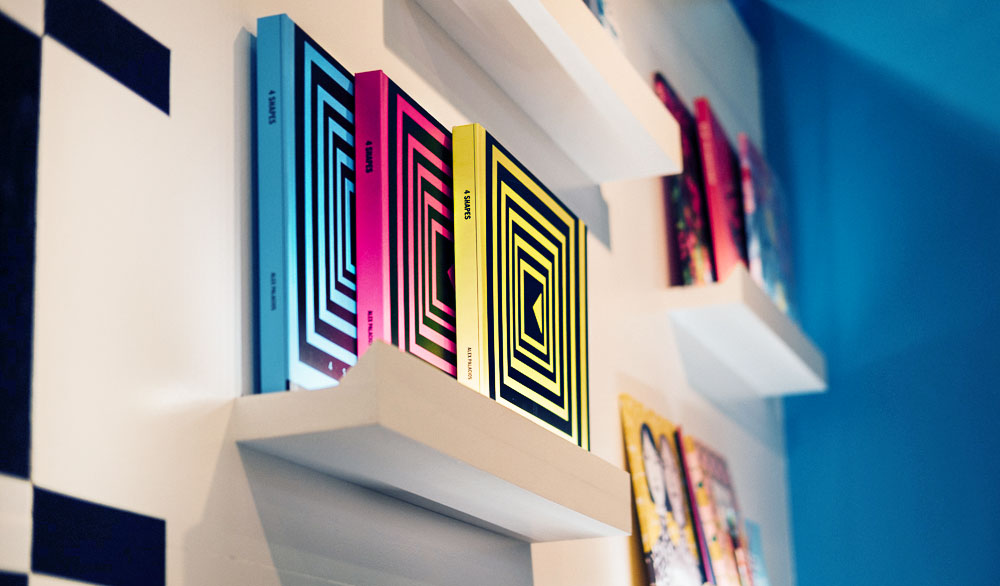4 Shapes: A circle, a square, and a triangle walk into a bar
As a designer, I’m madly in love with shapes. My first introduction to shapes as a grander-than-life concept was probably as a 7-year-old, while watching Disney’s 1979’s film Donald Duck in Mathmagic Land. I just couldn’t believe that everything, even sound was made out of shapes. I was specifically surprised how basic geometric combinations were capable of forming structures infinitely big and infinitely small. Now, as an adult, I’m still amazed at the wonders of geometry, and how it magically makes designs better. Thank you, grid!

One of the coolest updates Blurb did to BookWright, was adding the Shapes tools. The Shapes mean your images can assume alternative geometric forms, and you can add geometric graphic elements to your pages—for folks like me who love shapes and want to give their books an extra flair. We can now create circles, squares, triangles, and lines within the book-making tool! To showcase just how powerful the tool is, I decided to put it to the test by creating a book exclusively made out of shapes. Giving a strong nod to Modernism’s giants: László Moholy-Nagy, Josef Albers, and Piet Mondrian, I started to play. And as they say on the Internet, the results surprised me.

Before creating the book, though, which I cleverly named 4 Shapes: A Circle, a Square, and a Triangle Walk Into a Bar, it was time to think about the basics again. I interviewed other designers at Blurb to get a sense of what their favorite shapes were and why. Conveniently enough, no shape was left behind as each of the 4 designers interviewed quickly adopted their favorite and defended its value:
Sylvie Lee sided with the circle: “Squares and triangles feel more rigid and restricting. A circle can roll or float away, become bigger or smaller. The circle is the most organic shape.”
Grace Domecus sided with the square: “I like organization and grids, squares fit naturally into both. They have crisp corners, work at a variety of sizes and can be used to measure things.”
Jarrod Bryan sided with the triangle: “I like the multi-symbolism behind the triangle and it’s a great graphic element. Geometrically, it’s very interesting. Also, there’s the connection with pyramids and aliens.”
Stacey Toth sided with the line: “I hate shapes because they are confined, just like our existence. I like the line because it goes on forever.”
Sure, technically speaking all shapes are tiny dots united in a two-dimensional plane to create the visible world, but all of these explanations resonated with me, and I took them with me as the 4 Shapes book developed.

FROM MY EXPERIENCE, THINGS TO KNOW:
- Shapes appear cleaner when turning off the stroke setting.
- You can drag and drop your photos inside any shape, even into circles and triangles.
- There’s no need to fill every page with something. Emptiness is just as important as content.
- Changing a shape’s corner radius can create unexpected derivative shapes, even creatures.
- Lines are the perfect content dividers. Consider them before whipping out the square.
- Shapes hiding behind other shapes can create far more complex scenes: like a rectangle with a circle behind can imply a sunset.
- To create diamonds, simply turn your squares to a 45-degree angle.
- You can copy and paste groups of shapes and move them strategically as a way to easily create patterns.
- Limiting the color palette to a few colors can hold your theme together.
- Letters are shapes too!
Anyway, don’t take my word for it. Check out the 4 Shapes book, and hopefully you’ll be inspired to play with shapes in your own book, just like I was. I promise it will be the most fun you’ll have today.


This post doesn't have any comment. Be the first one!